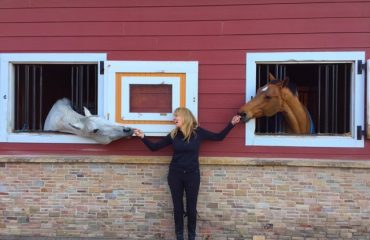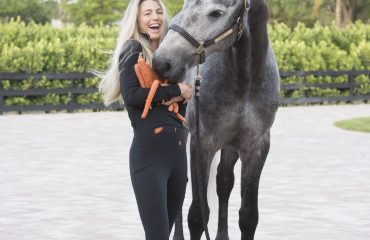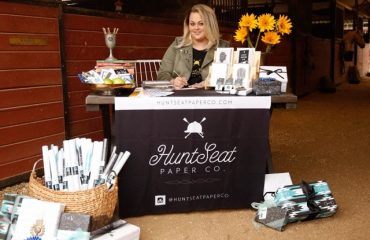By Rob Jacobs
From an early age, I was able to spend time in the barn with my horse doing a variety of things with them, ranging from tacking up to noticing how much water they drank each day. I started riding at a local barn not far from my house in Maryland. The program required that we groom and tack the horses for each ride. We learned how to feel their legs to ensure there were no injuries or uneven heat in the horse’s limbs. We also learned how to read the horse’s emotions and energy levels each day to better understand how the horse was feeling in that moment. Even the best horses have days when their mental and emotional capacity may be lower than normal.
Those who are most successful with their horses are the ones who have the skills to pick up on the subtle changes in their horse. The detailed instruction around learning more about the horses off their backs has proven incredibly beneficial to me as I now work with horses professionally in a variety of ways. Whether I’m judging a horse show, giving a clinic or teaching the select clients I have in Seattle, having a solid foundation in horsemanship is continuing to serve me well.
There are many components involved with good horsemanship that extend further than tacking up your horse before your lesson. Another component is learning how to sense minor changes in your horse’s physical well being. Horses are athletes and experience similar ailments to what humans may experience. Some of these include soreness in a different part of their body or an injury. Injuries in our sport may start as a minor injury to a specific part of the horse. Over time, if the injury is not noticed or the horse is worked too hard, the severity of the horse’s injury may increase. Whether the injury is a mild external scrape or something internal, horsemanship skills give the equestrian an awareness that there is a change in their horse. With that heightened awareness, an equestrian is better able to notify the proper team of people, whether it’s the farrier, vet or horse trainer.
It is also important to know your horse’s sensitivity level. A horse’s sensitivity level will play a part in determining any changes your horse may be experiencing. There will be times throughout one’s equestrian journey when one works with a horse that has a low level as it pertains to their pain tolerance, and some horses they work with may have a higher level. It also helps to learn and acknowledge the parts of the horse that are more sensitive to the horse, such as the coronary band or eyes. These areas of the horse are more sensitive than a larger, more muscled part of the horse.
My intention in writing this column is to encourage our young equestrians to learn more about what happens with their horses when they’re unmounted. Knowing your horse well in the barn, in the paddock and otherwise will provide you with skills that will enhance your experience with your horse. I’m an advocate for having help when needed, such as having grooming assistance at horse shows; however, I never support hiring help to replace good horsemanship skills. I encourage you to work with your trainer to find the right recipe for you and your horse.
Photo by Heidi Bee Photography













